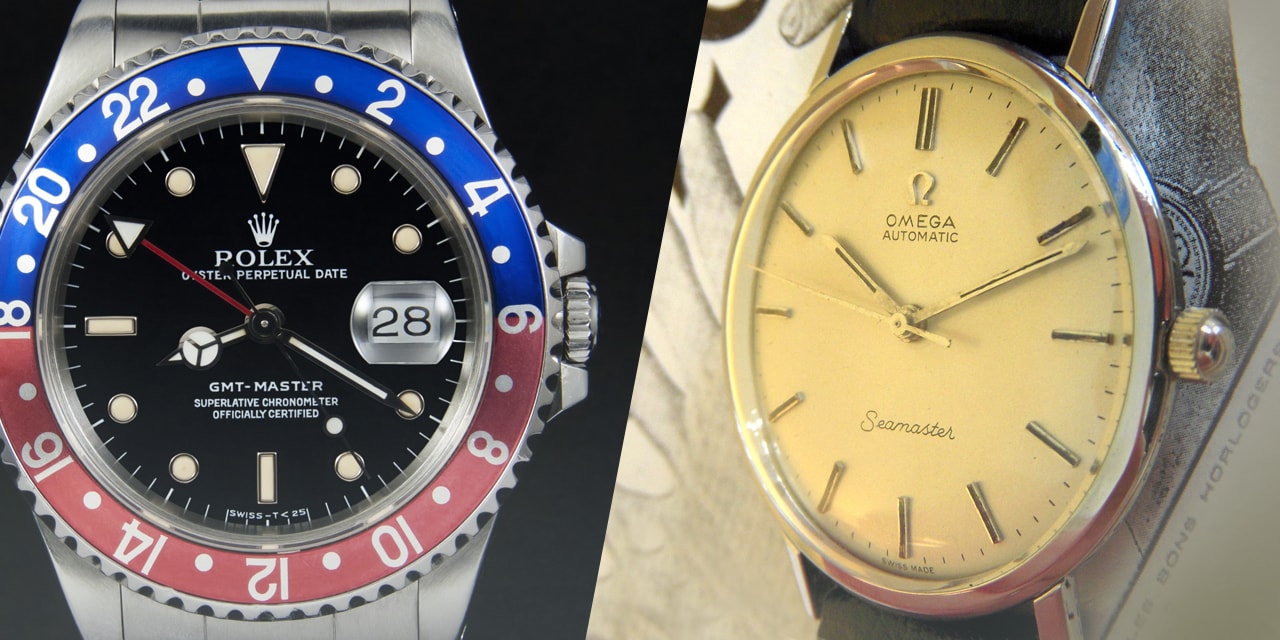Quartz vs mechanical watches: form follows function
One of the most asked questions about mainstream watches is whether to go with a quartz watch or a mechanical watch. By and large, both mechanical and quartz watches with analog hands looks the same and at face value, function the same. Digital quartz watches without the tell-tale minute, hour and second hand is an entirely different issue, but selecting between a quartz or mechanical movement can sometime be a tough decision.
Mechanicals – well, they’re mechanical
Mechanical watches have a single purpose, to tell time, or with chronographs – time something. Mechanical watches are very much like mechanical wall clocks, but designed to wear on the wrist. Since the Boer War and The Great War (WWI) when soldiers discovered the utility of wearing a timepiece rather than carrying one, the mechanical wristwatch function and form has essentially remained the same. Mechanical watches have inner workings that the everyman can understand. Anyone who values mechanics and engineering likely appreciates the interplay among gears, springs, oil and bearings. Mechanical watches possess an artisanal quality that quartz watches do not. Even though most mechanical watches, including Rolex, are assembled by robots, the mechanical aspect resonates to wearers who appreciate things that move. Some watch companies such as U-Boat moved from utilizing quartz movements to using mechanical movements because they wanted to appeal to the mechanical watch wearer. Companies such as Breitling, offer both mechanical and quartz watches as well as a analog/digital face hybrid, clearly following the form follows function architectural mantra. For many high
Quartz = function”S”
Quartz watches range all over the map depending on the functions they perform. Quartz movements generally cost less to produce and according to some experts, don’t require as much maintenance other than battery replacements. Because quartz movements cost less, quartz watches in the higher price categories have to add features or precious metals to justify the increased price point. Cartier, Rado, Omega among other high-end quartz brands require service intervals similar to mechanical watches, yet there are fewer moving pieces. Despite the disconnect between movement price and function, many quartz watches have features that are not possible with mechanical watches. The Breitling Emergency watch is a good example. This watch utilizes an analog/digital hybrid face, and has a two frequency distress beacon. Sunnto, Casio, and other brands have a GPS, altimeter, and other features that stray well beyond timing functions, yet are in the form of a wrist watch.
So when it comes to selecting a watch, do what many watch experts suggest, select the watch “that speaks to you” regardless of whether it is mechanical or quartz.
— Featured Photo Credit: Pixabay (cc) Archive.






